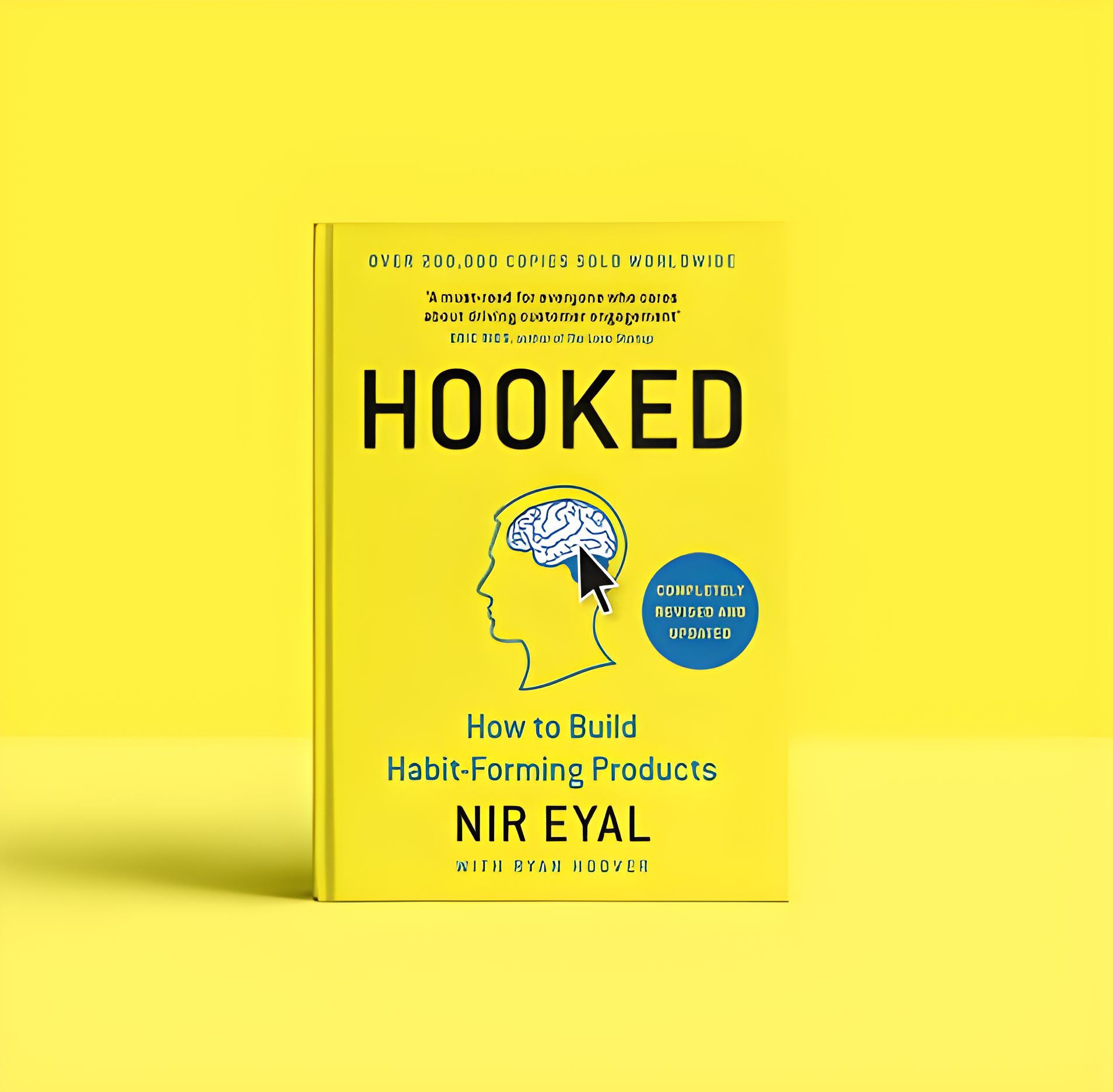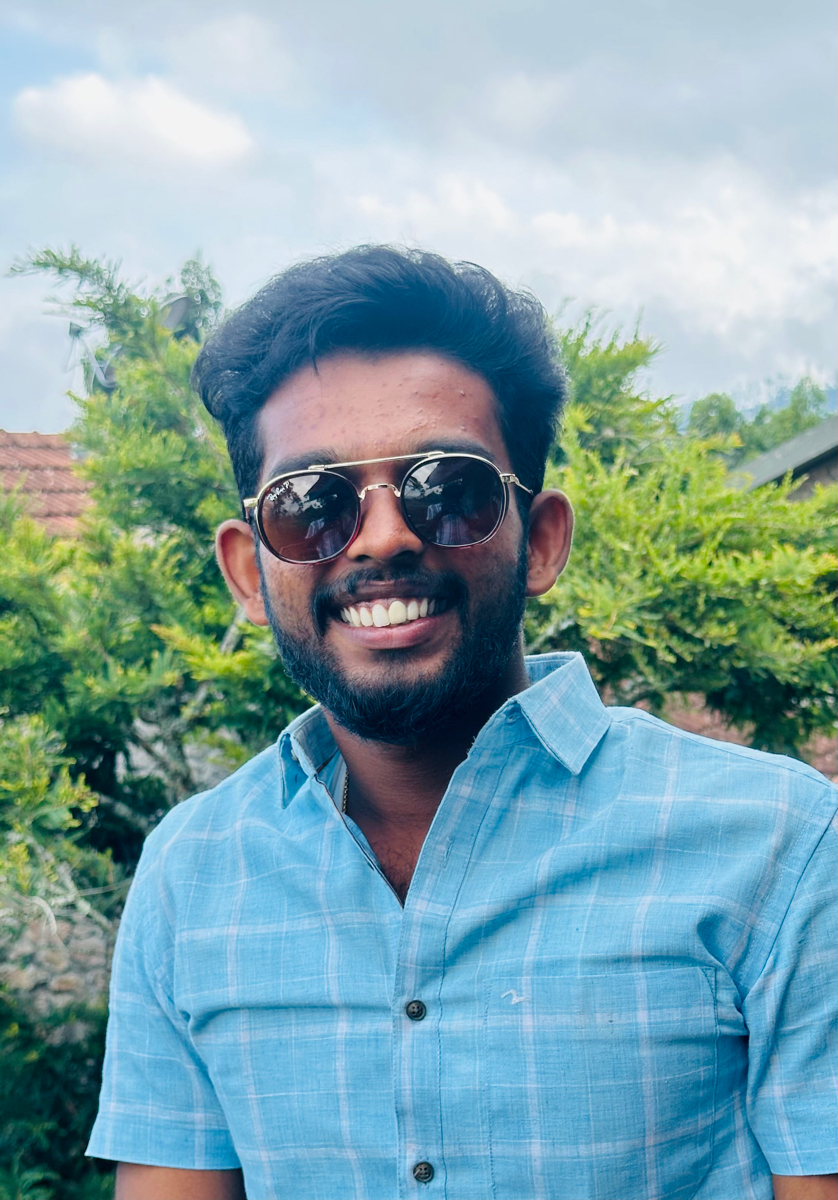Back
SHIV DIXIT
CHAIRMAN - BITEX IND... • 1y
📖 DAILY BOOK SUMMARIES 📖 🔗 DIRECT FREE E-BOOK DOWNLOAD LINK AVAILABLE — https://drive.google.com/file/d/1dOrTmnu2zzvH95g6XgHxP92h9RGdVP7s/view?usp=drivesdk 🔥Hooked:Build Habit-Forming Products🔥 🚀 20 Lessons 👉 ✨ Nir Eyal ✨ 1. Habit-Forming Products • Products that create user habits by integrating into daily life and creating a cycle of engagement. 2. The Hook Model • A four-phase process: Trigger, Action, Variable Reward, and Investment, to build habit-forming products. 3. Triggers • External or internal cues that prompt users to take action, like notifications or emotions. 4. External Triggers • Notifications, advertisements, or emails that prompt user engagement. 5. Internal Triggers • Emotions or thoughts that drive users to interact with the product, often linked to solving a pain point. 6. Action • The behavior users perform in response to a trigger, such as clicking a button or swiping. 7. The Fogg Behavior Model • Action occurs when motivation and ability are high and the trigger is present. 8. Variable Rewards • Unpredictable rewards (e.g., likes, new content) that keep users engaged by creating a sense of uncertainty. 9. Types of Variable Rewards • Rewards of the tribe (social validation), rewards of the hunt (material or informational rewards), and rewards of the self (personal gratification). 10. Investment • Users invest time, effort, or resources into the product, making them more likely to return due to the emotional commitment. 11. The Investment Phase • This phase enhances future engagement by prompting users to add value (e.g., uploading content, customizing settings). 12. The Habit Zone • The point where a product or service becomes part of the user’s daily routine, resulting in regular engagement. 13. User Motivation • The psychological needs driving behavior, such as social connection, status, or avoidance of pain. 14. Building Long-Term Habits • Products should provide frequent rewards and progressively more investment from users to build long-lasting habits. 15. Behavioral Design • Understanding and applying psychological principles to design products that users repeatedly engage with. 16. The Power of Small Wins • Small, consistent successes within the product help reinforce the habit and encourage repeat use. 17. Building for Retention • Focus on creating a product that users want to keep using, rather than just acquiring new customers. 18. Social Proof • Users are influenced by seeing others engage with the product, increasing their likelihood of using it. 19. Ethical Considerations • Ensure products are designed with users' well-being in mind, avoiding exploitation of behavioral habits for manipulative purposes. 20. Iterative Process • The process of building habit-forming products is ongoing, requiring constant testing, feedback, and improvement to maintain user engagement.

More like this
Recommendations from Medial
Only Buziness
Everything about Mar... • 7m
“The Hook Model: How Brands Build Habits That Sticks “ The Hook Model explains how companies create products that keep users coming back by forming habits. Developed by Nir Eyal, it consists of four key steps: Trigger → Action → Variable Reward → In
See MoreSuman solopreneur
Exploring peace of m... • 10m
This book emphasises how social and cultural factors mould our habits. Whether our tribe consists of our family, friends, or influential people we look up to, we often adopt behaviours that help us blend in. Reframing the triggers that set off habits
See MoreAccount Deleted
•
Urmila Info Solution • 5m
Your users are dropping off. Not because your idea is bad — but because your app is boring. You’ve built the MVP. But users don’t come back. That’s not a tech issue — it’s a design flaw. Here’s what we fix at Opslify: ✅ Build habit-forming systems
See MoreOnly Buziness
Everything about Mar... • 5m
“Digital Dopamine Design: How Apps Hack the Brain to Drive User Engagement” Digital Dopamine Design refers to crafting digital experiences that stimulate the brain’s dopamine response—the chemical tied to reward, motivation, and pleasure. Think of i
See MoreKshitij Pal Singh Tomar
。◕‿◕。 • 1y
AI-powered platform that acts as a personalized habit formation and behavioral change assistant. By combining behavioral psychology, AI-driven insights, and habit-tracking tools, it helps users achieve their goals by transforming their micro-habits,
See MoreAditi
Will become a inspir... • 6m
“Scroll, Click, Crave: How Algorithms & Variable Rewards Hijack Our Attention” We’re addicted to Instagram, YouTube, and similar platforms because they use variable rewards—a psychological tactic where the outcome is unpredictable. Every scroll or
See MoreDownload the medial app to read full posts, comements and news.



































